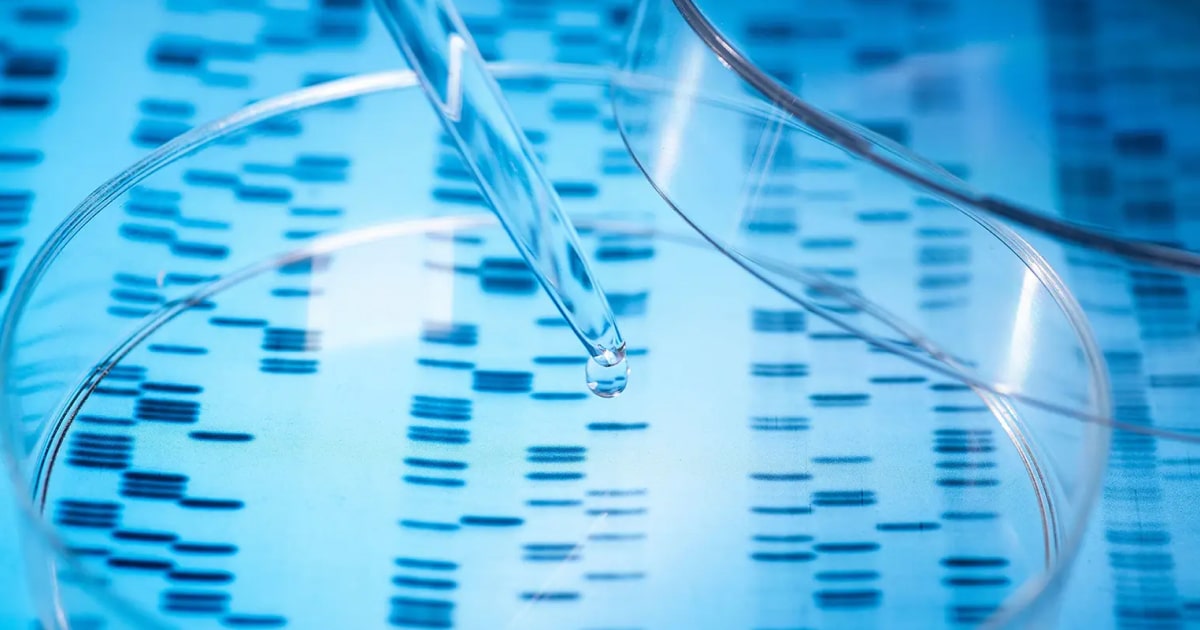
Expert Reviewed By: Dr. Brandon Colby MD
```htmlLipodystrophy is a rare, complex disorder characterized by abnormal or degenerative conditions of the body's adipose (fat) tissue. This condition can lead to severe metabolic complications, including insulin resistance, diabetes, and hypertriglyceridemia. Understanding the nuances of lipodystrophy, from its diagnosis to the role of genetic testing, is crucial for managing and potentially mitigating its impact on patients.
What is Lipodystrophy?
Lipodystrophy encompasses a group of disorders where the body is unable to produce or maintain healthy fat tissue. This can result in either a complete or partial lack of adipose tissue (lipoatrophy) or abnormal accumulation of fat in certain areas of the body. The disorder can be congenital (present at birth) or acquired later in life. Patients with lipodystrophy often face significant health challenges, including metabolic abnormalities, liver disease, and cardiovascular issues.
Diagnosing Lipodystrophy
Diagnosing lipodystrophy involves a combination of clinical evaluation, imaging studies, and laboratory tests. Healthcare providers look for characteristic signs such as fat loss in specific areas of the body, alongside metabolic disturbances. Blood tests may reveal elevated levels of triglycerides, insulin resistance, and liver enzymes, which are indicative of the disorder.
Clinical Evaluation
A thorough clinical evaluation is the first step in diagnosing lipodystrophy. Physicians will take a detailed medical history and perform a physical examination to identify patterns of fat loss or abnormal fat accumulation. The presence of associated metabolic conditions such as diabetes or hyperlipidemia can further support the diagnosis.
Imaging Studies
Imaging techniques like MRI or CT scans can provide detailed pictures of the body's fat distribution. These images help in identifying areas of fat loss or abnormal fat deposits, which are crucial for diagnosing different types of lipodystrophy.
Laboratory Tests
Laboratory tests play a vital role in the diagnostic process. Blood tests can reveal metabolic abnormalities such as high triglyceride levels, insulin resistance, and elevated liver enzymes. Genetic testing is also becoming an increasingly important tool in diagnosing lipodystrophy.
The Role of Genetic Testing in Lipodystrophy
Genetic testing has revolutionized the way we understand and diagnose many genetic disorders, including lipodystrophy. By identifying specific genetic mutations associated with the condition, genetic testing can provide definitive diagnoses, guide treatment decisions, and offer valuable information for family planning.
Identifying Genetic Mutations
Genetic testing can identify mutations in genes known to be associated with lipodystrophy. For example, mutations in the LMNA and PPARG genes are linked to familial partial lipodystrophy, while mutations in the AGPAT2 and BSCL2 genes are associated with congenital generalized lipodystrophy. Identifying these mutations can confirm a diagnosis and help differentiate between different types of lipodystrophy.
Guiding Treatment Decisions
Knowing the specific genetic mutation involved in a patient's lipodystrophy can help healthcare providers tailor treatment plans. For instance, patients with certain genetic forms of lipodystrophy may respond better to specific types of medications or lifestyle interventions. Genetic information can also help in monitoring the disease progression and adjusting treatment strategies accordingly.
Family Planning and Genetic Counseling
Genetic testing provides valuable information for family planning and genetic counseling. Individuals with a family history of lipodystrophy can undergo genetic testing to determine their risk of developing the condition or passing it on to their children. Genetic counselors can help families understand the implications of test results and make informed decisions about their health and future.
Conclusion
Lipodystrophy is a complex disorder with significant health implications. Understanding the condition, from clinical evaluation to the role of genetic testing, is essential for effective management and treatment. Genetic testing, in particular, offers a powerful tool for diagnosing lipodystrophy, guiding treatment decisions, and providing valuable information for family planning. As our understanding of the genetic basis of lipodystrophy continues to grow, so too will our ability to manage and potentially mitigate its impact on patients' lives.
For further information, you can explore the resources available through Semantic Scholar.
```About The Expert Reviewer
Dr. Brandon Colby MD is a US physician specializing in the personalized prevention of disease through the use of genomic technologies. He’s an expert in genetic testing, genetic analysis, and precision medicine. Dr. Colby is also the Founder of and the author of Outsmart Your Genes.
Dr. Colby holds an MD from the Mount Sinai School of Medicine, an MBA from Stanford University’s Graduate School of Business, and a degree in Genetics with Honors from the University of Michigan. He is an Affiliate Specialist of the American College of Medical Genetics and Genomics (ACMG), an Associate of the American College of Preventive Medicine (ACPM), and a member of the National Society of Genetic Counselors (NSGC)